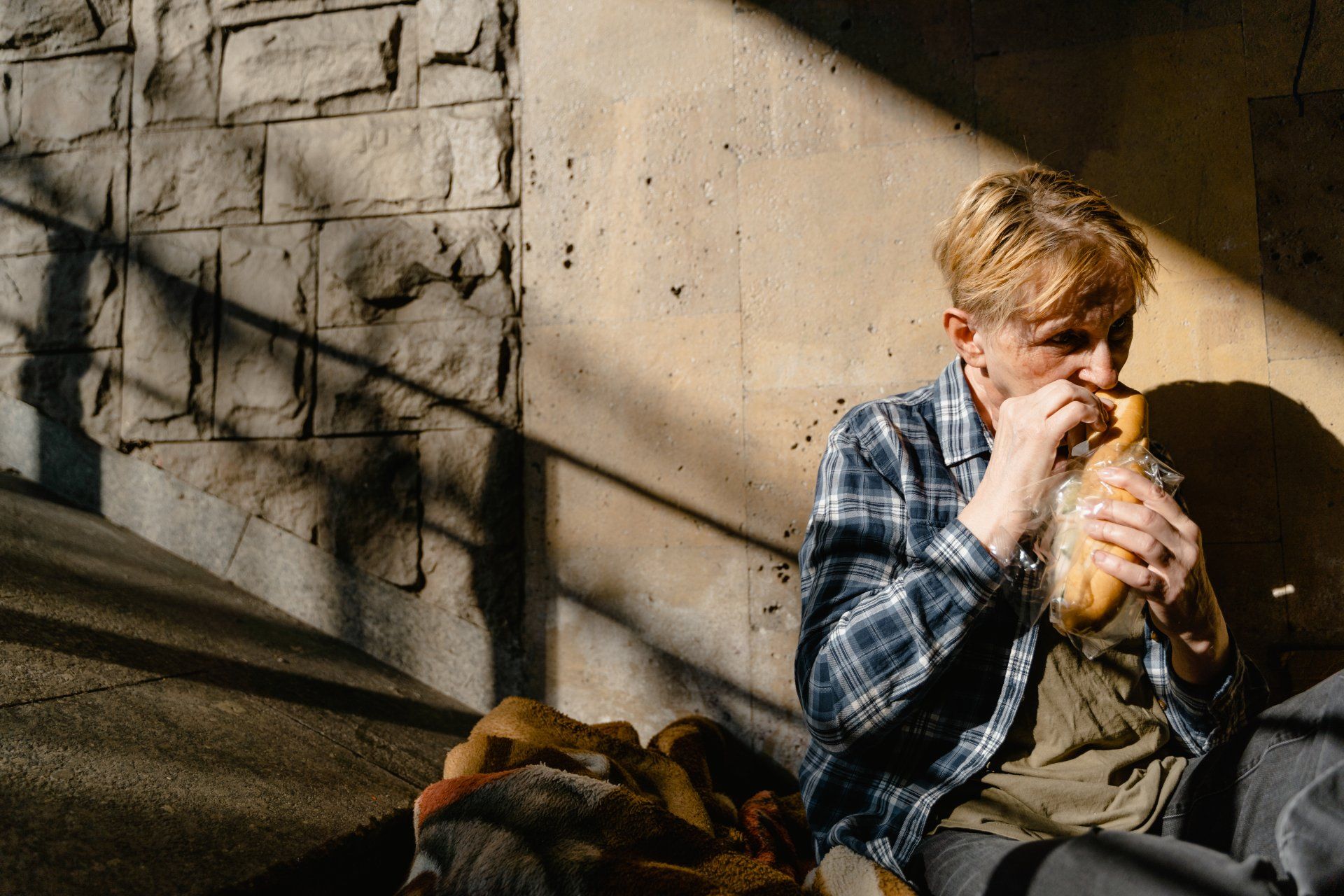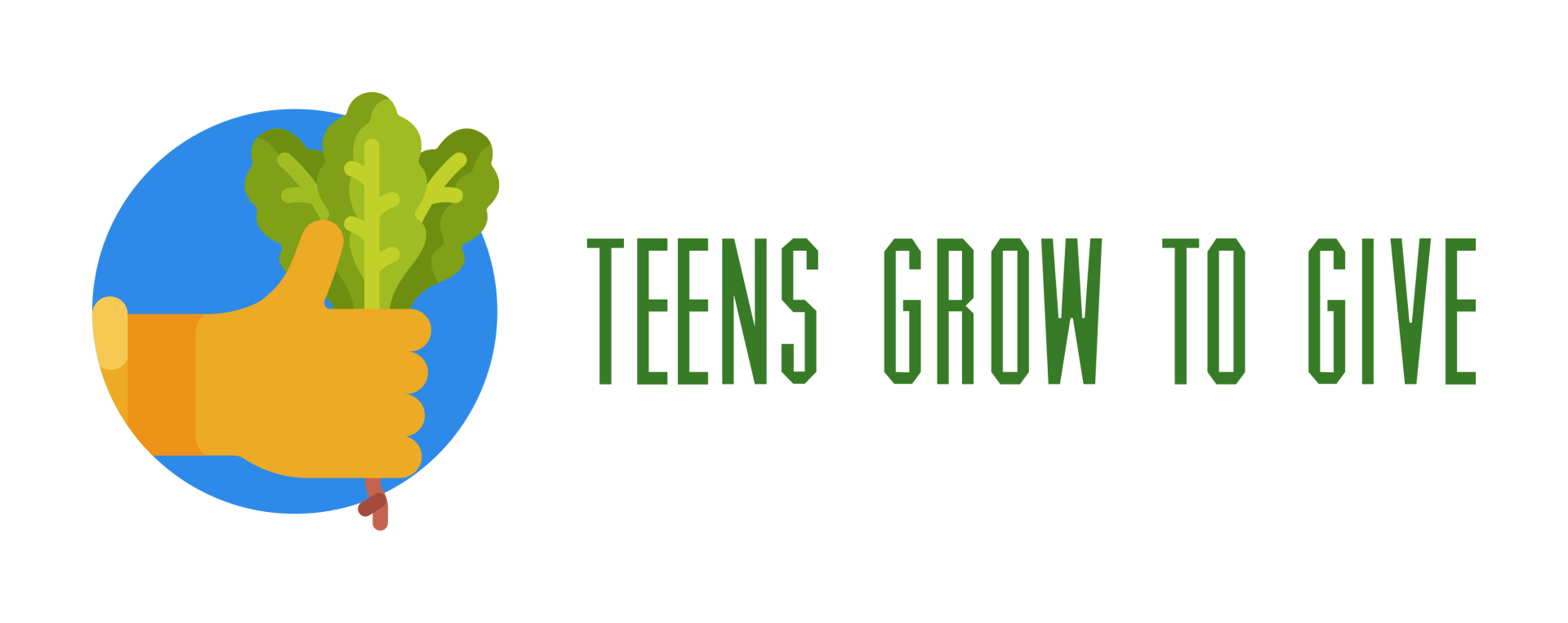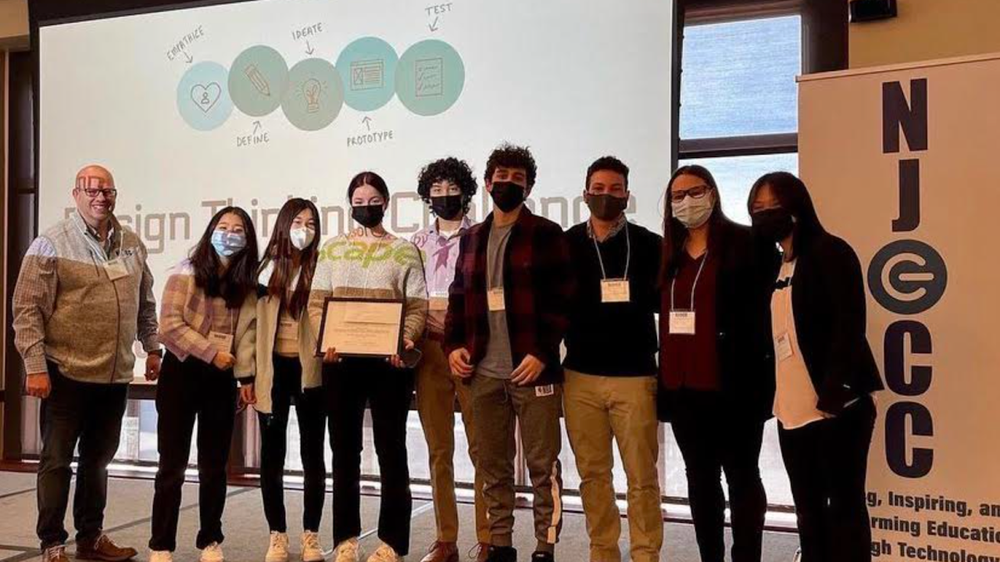Food Insecurity & Gardening
May 2022
First Off, What is food insecurity?

ood insecurity is defined as “limited or uncertain availability of nutritionally adequate and safe foods or limited or uncertain ability to acquire acceptable foods in socially acceptable ways” (Anderson, 1990). Essentially food insecurity is when people lack access or cannot afford food that is safe and will support an active and healthy life. For comparison, the same study defines hunger as “the uneasy or painful sensation caused by a lack of food…”. Often times, low-income areas are the site of food deserts, which are areas that lack access to healthy foods, because there are less grocery stores that carry fresh, healthy foods. Those who live in food desert areas are susceptible to health disparities and chronic disease. Food insecurity is linked to chronic health issues, including diabetes, heart disease, high blood pressure, hyperlipidemia, and obesity (Rissew, 2016).
What About its Impact on Americans?
Before we talk about America, it should be acknowledged that food insecurity is an issue that affects millions of people globally, with nearly one-third of the planet’s population suffering from malnutrition (Commetti et al., 2018). For Americans, estimates from 2008 show that 17 million (14.6%) households in the United States experienced food insecurity during the year because they lacked resources such as money (Nord, Andrews, & Carlson, 2008). Since then, the percentage has decreased as efforts by the government have been made to address this issue. According to a September 2017 Economic Research Service Report drafted by the United States Department of Agriculture (“USDA”), approximately 12.3% of American households, or 41.2 million people, were food insecure throughout 2016. Although the percentage has decreased, this does not mean that there is not more work to be done in order to solve food insecurity.
What have been some of solutions?
The government has attempted to address issues of food insecurity, like through the USDA's Farmers Market Promotion Program (“FMPP”), which awarded 879 grants, resulting in over $58 million since the 2008 Farm Bill (Commetti et al., 2018). At the state level, New York has made many attempts to address food insecurity through its legislation. For example, all states protect “right-to-farm” laws, but NY especially upholds them. These laws essentially prevent nuisance claims against farmers and precludes local governments from passing prohibitive zoning laws. But what about local solutions that we can actually participate in? Let’s talk about donation-model gardens.
What are donation-model gardens?
The name might be a little complex, but many of those living in suburban and even urban areas have been exposed to donation-model gardens in their communities. Essentially, these are gardens that those in the community can volunteer in, and they have a commitment to donating produce grown in their spaces to local food pantries and shelters. Labor in the donation-model community gardens comes from volunteers, students from a local alternative school also assist with some of the garden tasks like watering.
Do donation-model gardens actually have an impact ?
For the donation-model community gardens, a key focus is addressing food access by providing fresh produce that would otherwise be unavailable to users, whether due to cost or availability. In one study conducted in Rockford, the extent to which clients visiting a food pantry used produce donated from community gardens was measured through surveys. The majority (59%) responded positively, though the survey was unable to capture the gross quantity of produce taken by each respondent. Based on the responses even greater produce diversity and production would benefit participants’ ability to obtain more varied produce. One significant barrier to community gardens providing greater benefit to food-insecure people in certain communities is a lack of awareness of these projects.


